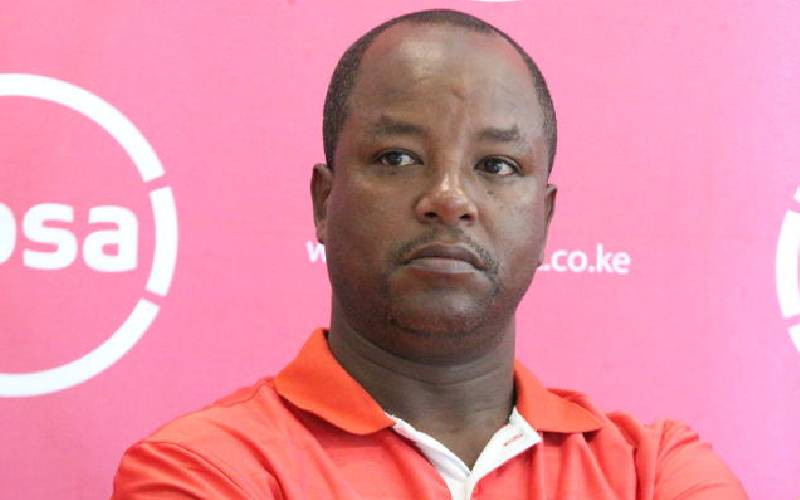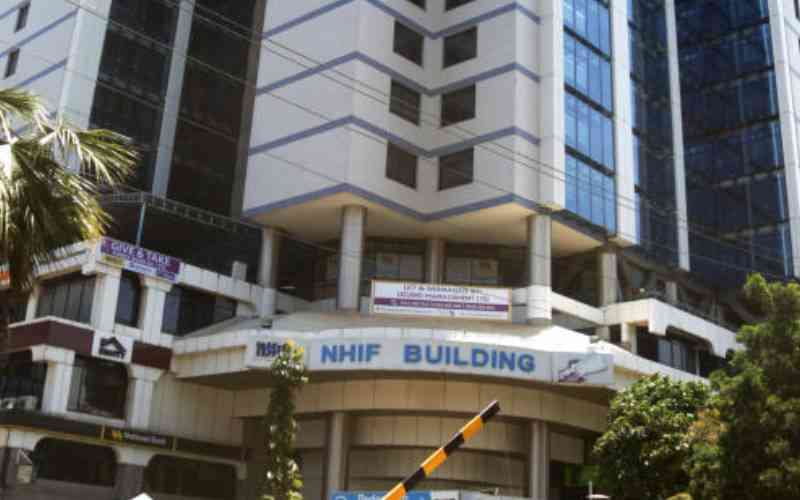By WANGECI KANYEKI
As stress builds up, with people working harder and getting busier, more of us are going to the spa to unwind.
However, the different treatments can be hard to decipher, leaving the client confused and too embarrassed to display their ignorance by asking ‘obvious’ questions.
So, rather than end up paying a fortune for a treatment you did not want, here is an idea of the basic services.
Basically, a true spa encompasses water and should have features such as a pool and water-related treatments. The premises should be pleasing to your five senses. The room should have elegant interiors with reclining massage chairs and peaceful massage therapy rooms. Sweet soothing music may be playing in the background as the welcome drink teases your taste buds and the sweet scent of healing oils tickle your nostrils.
A good spa should use therapeutic products containing ingredients such as healing earth and Dead Sea minerals, to name a few.
According to Alison Caroline Ng’ethe, an expert in holistic therapy, “Top-level spas should have professionally trained staff from a reputable institute and display their certification to clients. Employees should be clean and well-groomed and wear appropriate clothing. They should not chew gum or eat in the workplace, or have body odours that could be offensive to the clients.
“The staff should be trained not to answer the phone while attending to clients, or carry on conversations over a client’s head. They should respect a client’s personal space by not leaning in too close.”
Alison, who has run a beauty, fitness and holistic therapy school for the last ten years, and runs Skin, a spa, explains the spa jargon.
Reflexology
This is a pressure point therapy that takes about 45 minutes to massage points on the feet relating to various body organs. By applying the appropriate techniques, various points are energised, creating an increase in circulation. It can be used as complementary therapy to speed up healing.
Aromatherapy
This uses essential oils found in plant extracts, which are blended with a carrier oil such as grape seed, sunflower or avocado. They penetrate the skin and are carried in the bloodstream. The oils promote circulation, ease nervousness and irritability and calm the mind.
Body exfoliation
This is the removal of dead skin cells from the whole body. This makes it easier for the skin to absorb oils, leaving it glowing and soft. Your skin should not hurt after exfoliation; professional therapists should continually ask if pressure level is comfortable.
Stay informed. Subscribe to our newsletter
Deep tissue massage
This is pressure applied to deeper structures of the body and is appropriate if the client has muscle tension. Deep tissue massage is usually higher priced because the therapist uses a lot more strength and energy.
Hot stone massage
This uses warm smooth river stones to create a sense of deep relaxation as they are placed on various points of the body. It is normally accompanied by a whole body massage that will melt your anxieties away.
Indian head massage
This massage originates from the Indian community, which has for a long time associated haircuts with a head massage. The massage eases tension from the neck and upper back. Natural nourishing oils such as mustard, coconut or sesame are heated and used to gently massage the head as the hair is parted. This nourishes the scalp and stimulates hair growth.
Like reflexology, the massage helps relax tense areas and the calming effect is felt on the entire body. The head massage usually ends with a facial massage.
 The Standard Group Plc is a
multi-media organization with investments in media platforms spanning newspaper
print operations, television, radio broadcasting, digital and online services. The
Standard Group is recognized as a leading multi-media house in Kenya with a key
influence in matters of national and international interest.
The Standard Group Plc is a
multi-media organization with investments in media platforms spanning newspaper
print operations, television, radio broadcasting, digital and online services. The
Standard Group is recognized as a leading multi-media house in Kenya with a key
influence in matters of national and international interest.
 The Standard Group Plc is a
multi-media organization with investments in media platforms spanning newspaper
print operations, television, radio broadcasting, digital and online services. The
Standard Group is recognized as a leading multi-media house in Kenya with a key
influence in matters of national and international interest.
The Standard Group Plc is a
multi-media organization with investments in media platforms spanning newspaper
print operations, television, radio broadcasting, digital and online services. The
Standard Group is recognized as a leading multi-media house in Kenya with a key
influence in matters of national and international interest.








